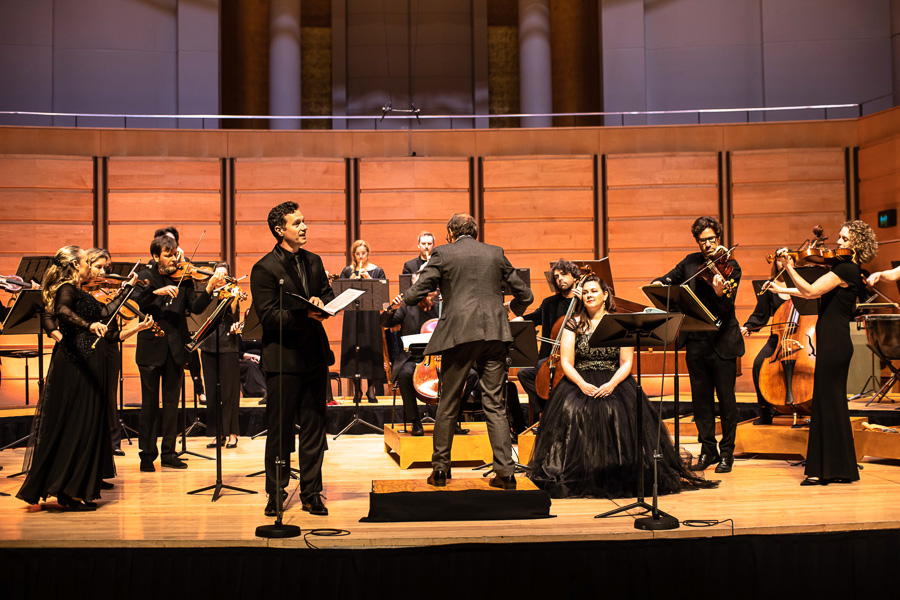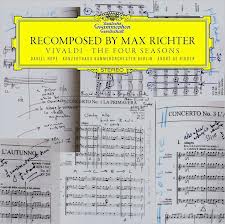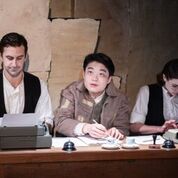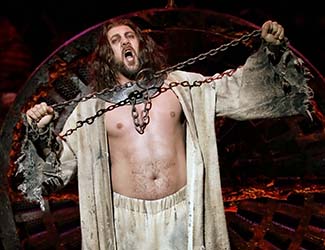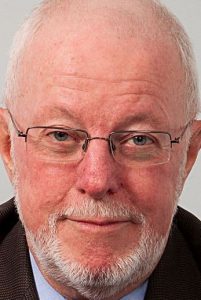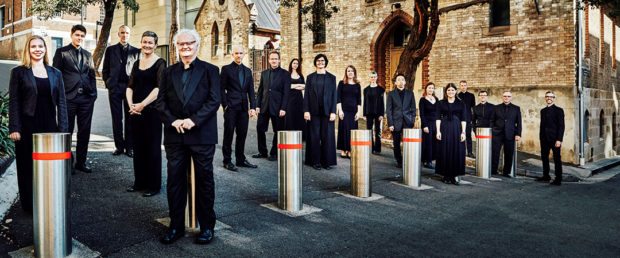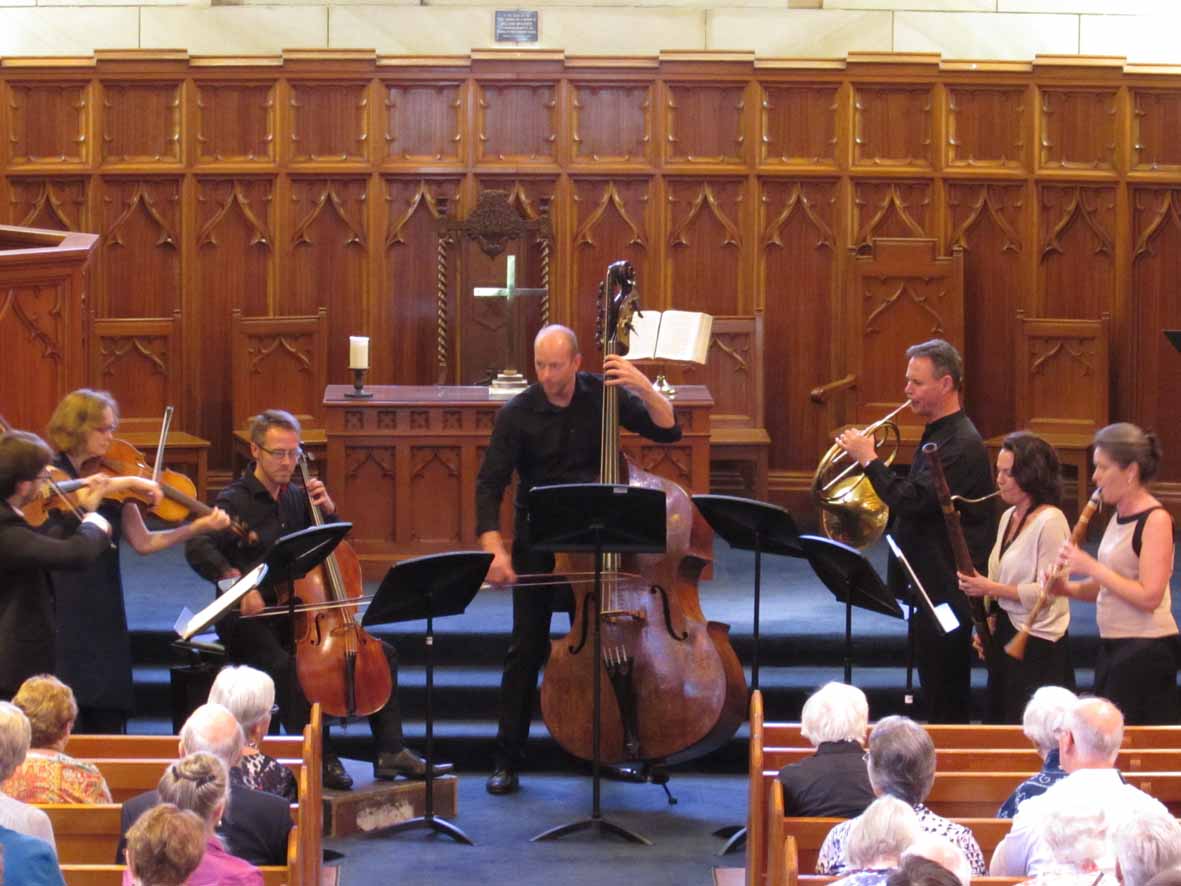Concert Review: The Mozarts, The Haydns & The Bear/ Australian Haydn Ensemble
The Mozarts, The Haydns & The Bear
Australian Haydn Ensemble
City Recital Hall
30 April 2023.
Give a bunch of toddlers a boxful of toy instruments and the resulting cacophony could sound like what Leopold Mozart, the father of Wolfgang Amadeus, composed as the third movement Allegro of his Cassation in G major, known colloquially as the Toy Symphony. The Cassation was one of the pieces in the program presented by the Australian Haydn Ensemble, The Mozarts, The Haydns & The Bear, which drew threads through and along generations, connecting father with son and brother with brother.
With guest conductor Roland Peelman and led by Artistic Director Skye McIntosh, the ensemble of around 30 string, woodwind, brass and percussion instrumentalists, joined by Chad Kelly at the fortepiano, performed on replica and original instruments dating from 1726 creating a distinctive sound. A collection of marvellous, rarely heard concert arias by W A Mozart was added to the line- up, performed mesmerizingly by both soprano Jacqueline Porter and tenor Andrew Goodwin.
This was a line-up designed to entertain and to look on the light side. Music was moving from the cavernous spaces of churches and cathedrals, the privileged halls of palaces and castles, and into halls and homes accessible to the public. But before there was light, there was darkness and the curtain-raiser, the Symphony in G minor Op. 6 No. 6 by J C Bach with its three movements in minor keys was an explosive nod to the sturm und drang (“storm and stress”) aesthetics of the 18th century. Works like these were very likely on the program of the soirees that Bach and his colleague Carl Friedrich Abel held at London’s fashionable Carlisle House in Soho, then St James, and then at the bespoke concert room they had built at Hanover Square. These were the ‘go-to’ events for society and unlike his father’s compositions, JC Bach’s pieces were intended for more popular consumption.
Despite the minor keys, the symphony is uplifting and the AHE played the opening Allegro with verve, moving to a dreamy and measured Andante spritzed with moments of the fortepiano shining through the delicately phrased texture. The final movement Allegro molto was shaped with accents, tremolos, vividly contrasted dynamics and brassy horns, fading to its understated ending. In contrast to the contrapuntal intensity of Bach senior, the younger Bach’s music is meaningful but not intended to be overthought and the ensemble, under Peelman kept it simple and straightforward.
Mozart had a diabolical sense of humour, evident in his stand-alone songs and in his operas. His concert arias are amongst some of the beautiful pieces he wrote and although many of them were for soprano, it was a delight to hear both Andrew Goodwin and Jacqueline Porter present a selection of these. The singers pleased greatly, adopting a lighter timbre apt for the style and showcasing nimble, accurate coloratura passages and dramatic expression.
There was more sturm und drang in the tenor aria Va dal furor portata K.21, incredibly composed when Mozart was just 9; the tongue twisting buffa aria Clarice cara mia sposa K. 256 was an absolute delight involving comedic interplay between tenor and conductor; Goodwin’s word-painting in the recitative and aria Misero sogno – Aura che intorno spiri K 431 was exemplary. Jacqueline Porter sang with appealing naivete in the aria Voi avete un cor fedel K. 217, contrasting the lyrical first half of the aria with a dramatic second half, ornamented on repeat with impressively controlled coloratura, ending with a finely performed L’amerò, sarò costante in delicate dialogue with McIntosh on the violin.
Die Hochzeit auf der Alm (The Wedding on the Alp) began with a haunting call to celebration from the horn played by Carla Blackwood, echoed off stage emulating the valleys of the alps, by Doree Dixon. The merrymaking began in earnest with a rousing performance of the overture to this comic opera by Michael Haydn.
The Cassation, was briefly popular between 1750 and 1775 in southern Germany, Austria and Bohemia as a Divertimento or Serenade. The G major Toy Symphony now attributed to Leopold Mozart is written for 2 oboes, 2 horns, strings and continuo with toy instruments, including trumpet, ratchet, whistles and drum. Various members of the ensemble were delegated to these novelties and displayed much promise in mastering them. Regardless of who wrote it, the piece is a delight and was a welcome addition to the program.
Finally, Haydn’s Symphony No. 82 in C major (The Bear). In keeping with the populist theme of the AHE’s concert, this symphony was commissioned for a favoured concert series in Paris. It was the largest ensemble for which Haydn had written thus far and the AHE boasted the glorious sounds of two flutes, two oboes, two bassoons, horns and trumpets, timpani, continuo (fortepiano) and strings. This was a refined performance, layered with the patina that only period instruments can create, with trumpets, horn and drums adding a special brilliance. Phrasing and articulation were graceful with repeat sections tinged in contrasting moods and colours. The traditional four movement format culminated in the final jocular Vivace anchored in a solid sense of ensemble.
Roland Peelman is expert on the rostrum, generous, nuanced and precise but discreet, with a clearly responsive and inspired ensemble. This was classy and clever entertainment.
Shamistha de Soysa for SoundsLikeSydney©
Read our review of the AHE’s last concert Haydn’s Sun & Mendelssohn’s Stars

